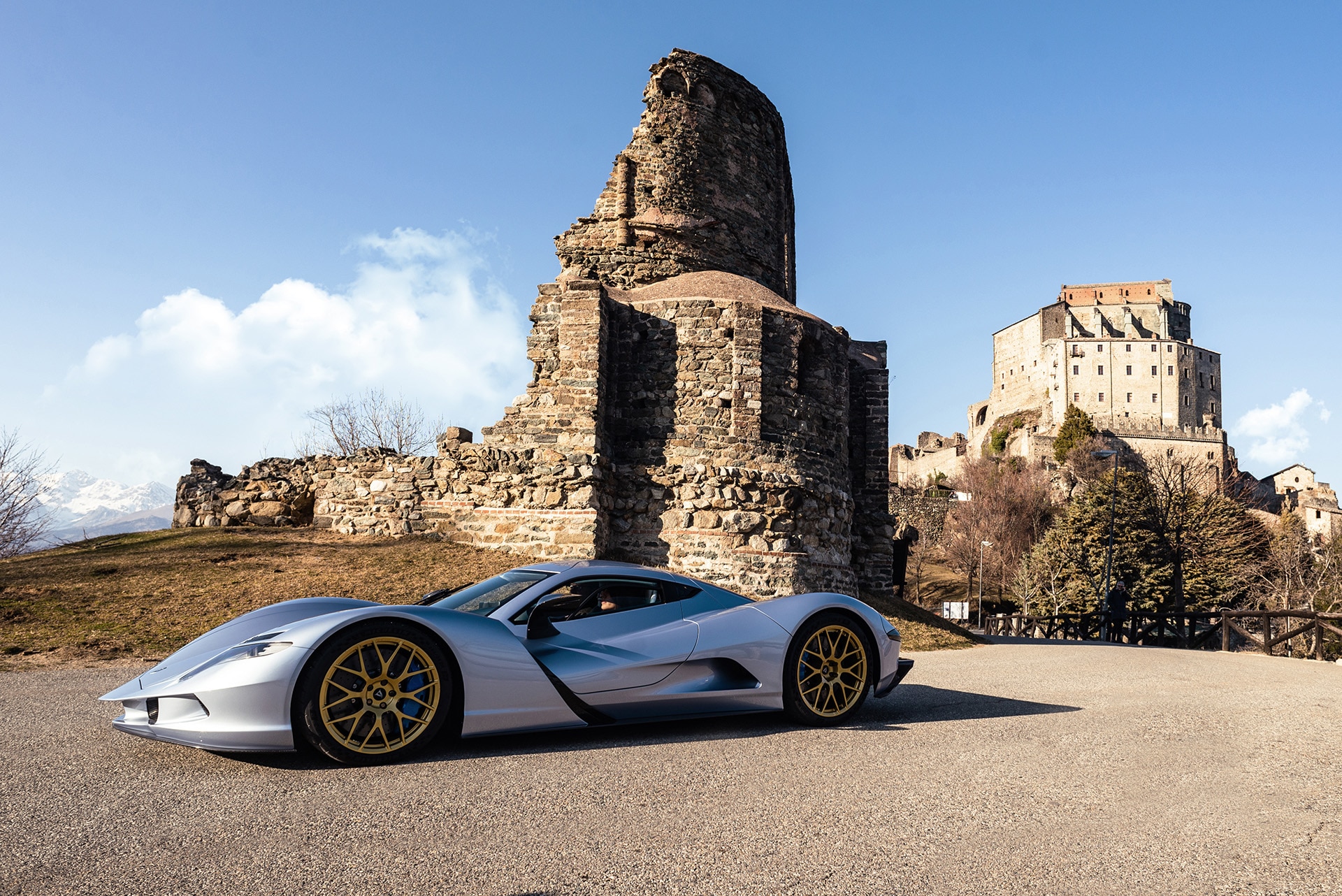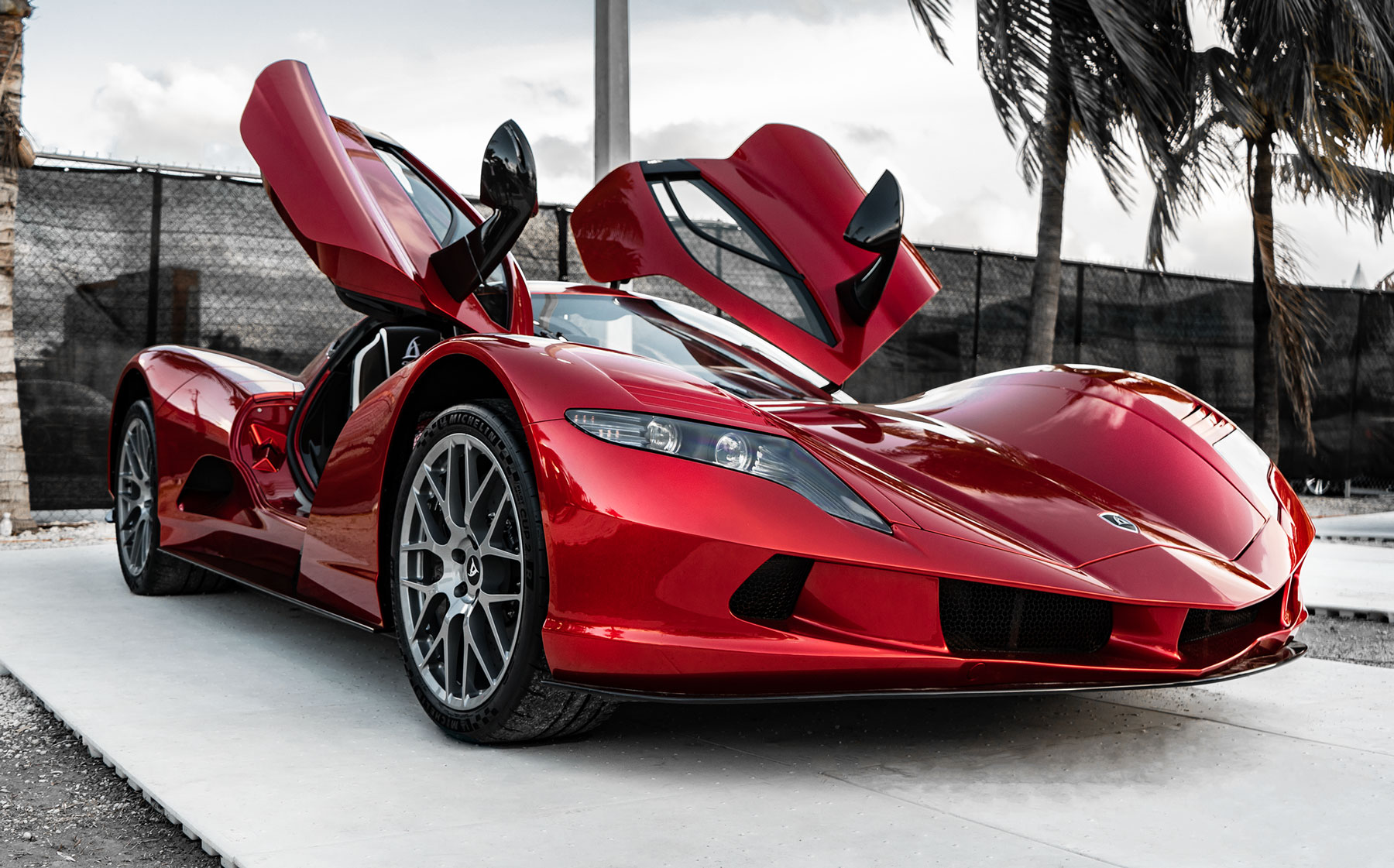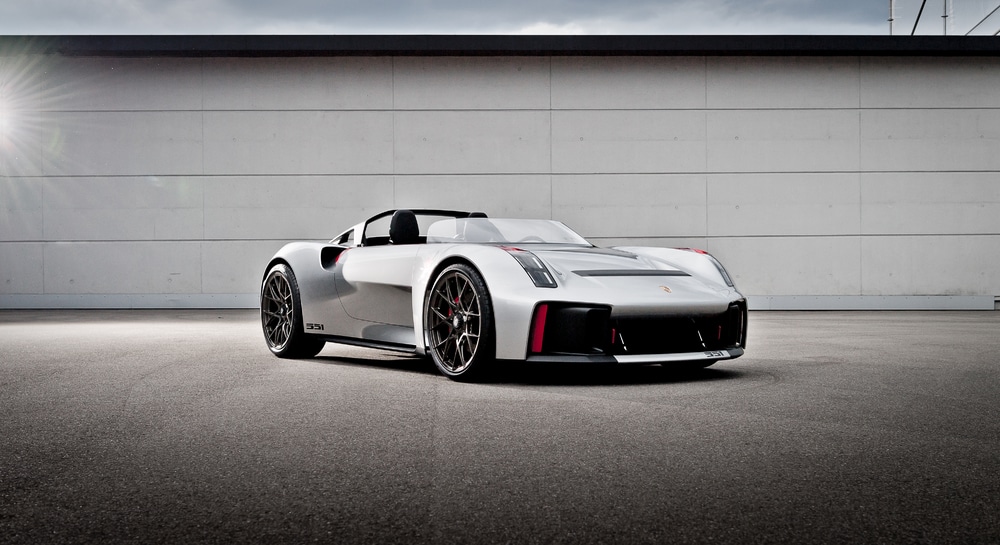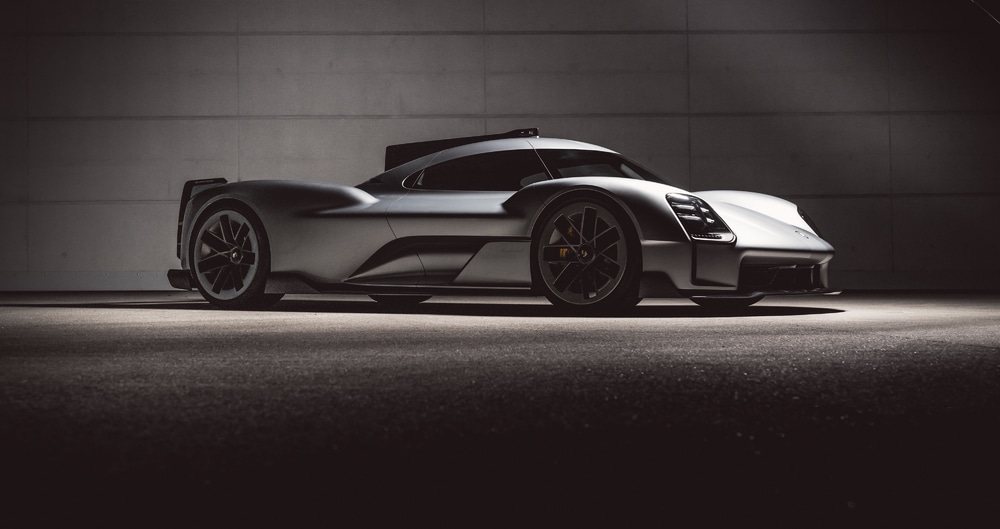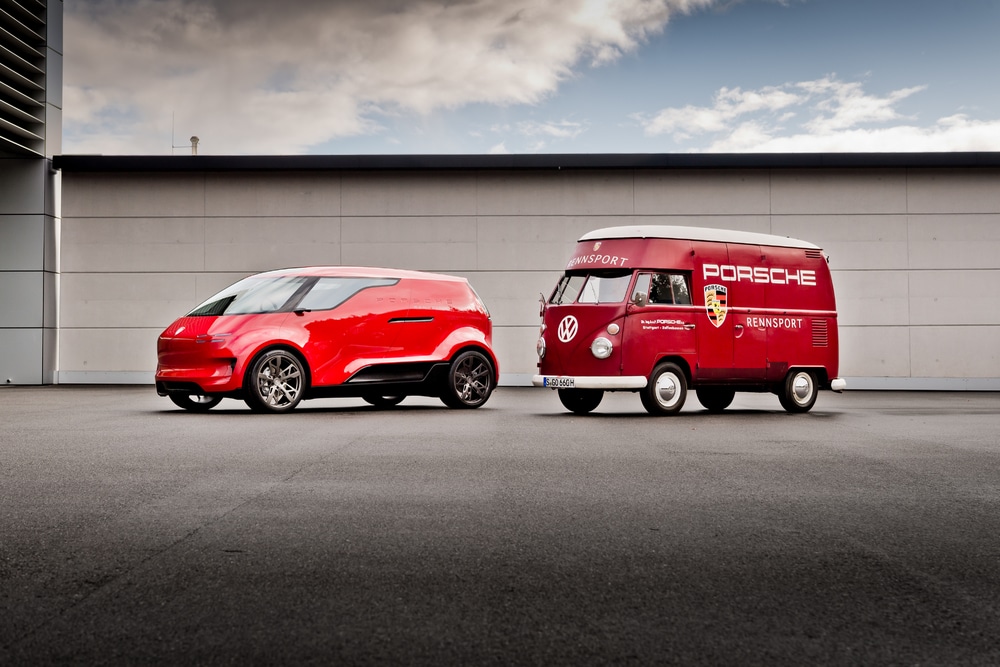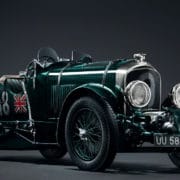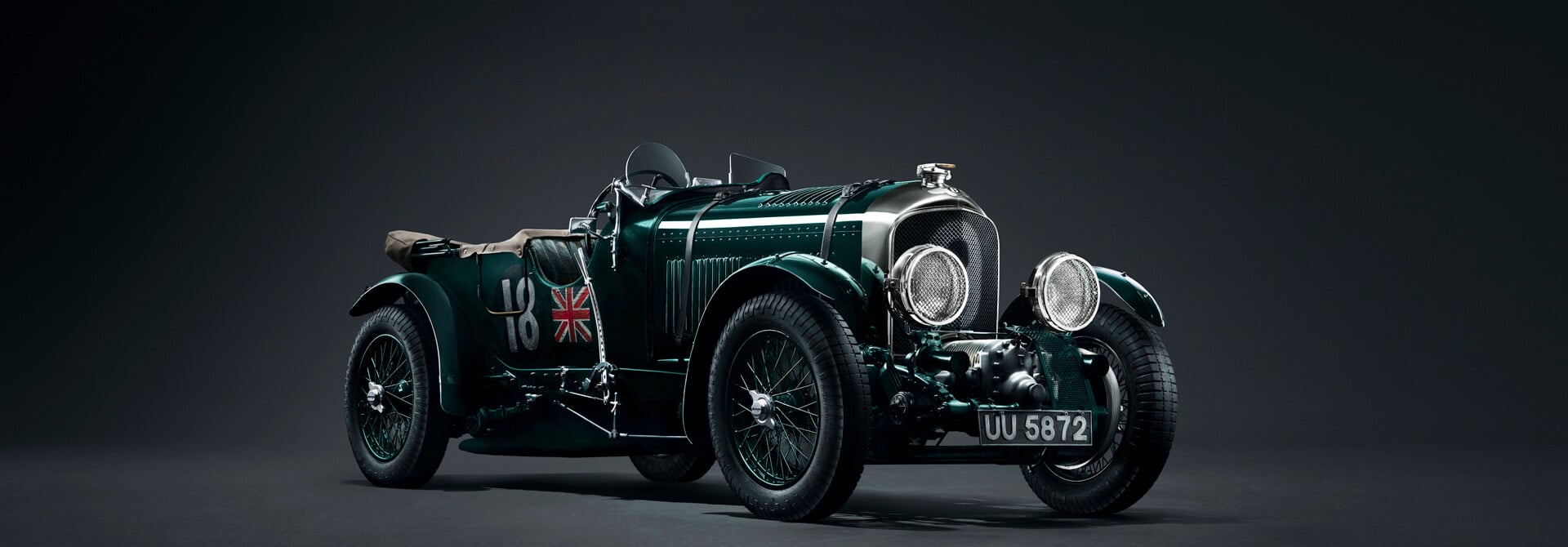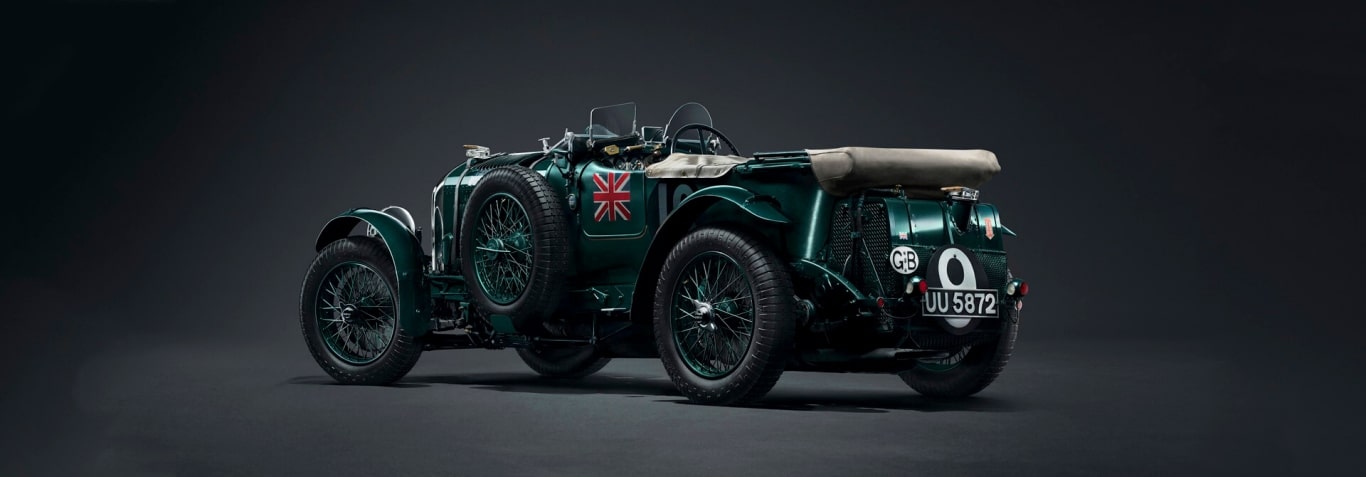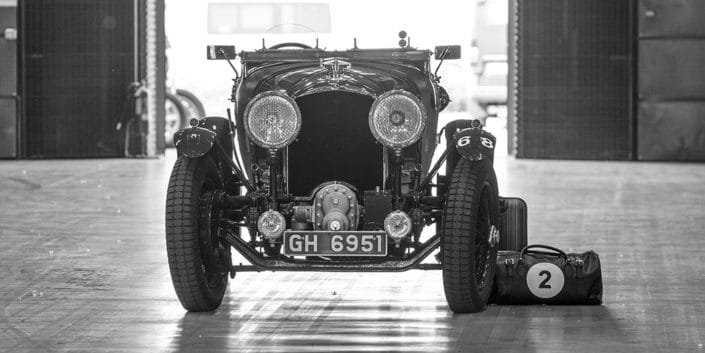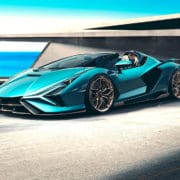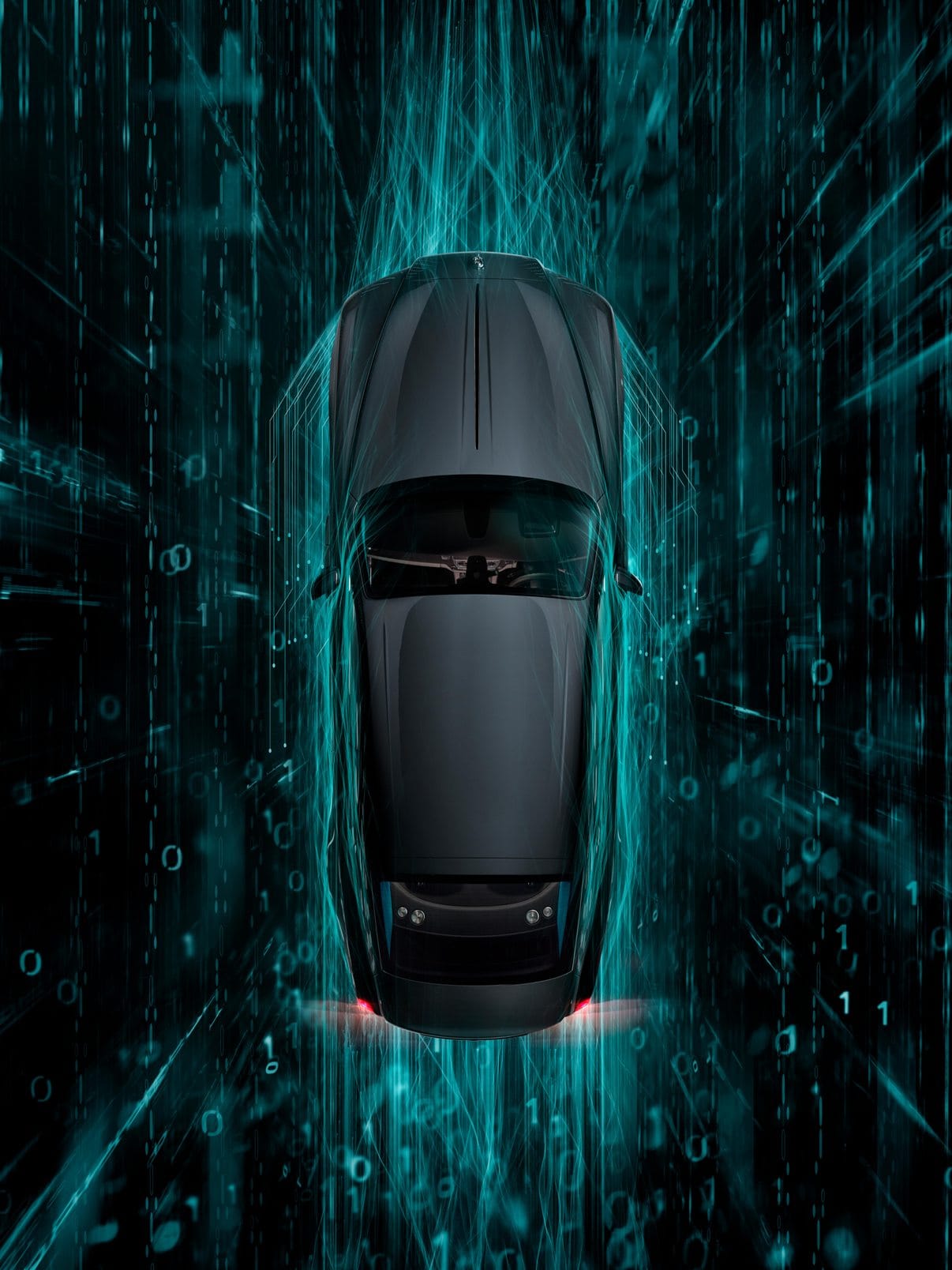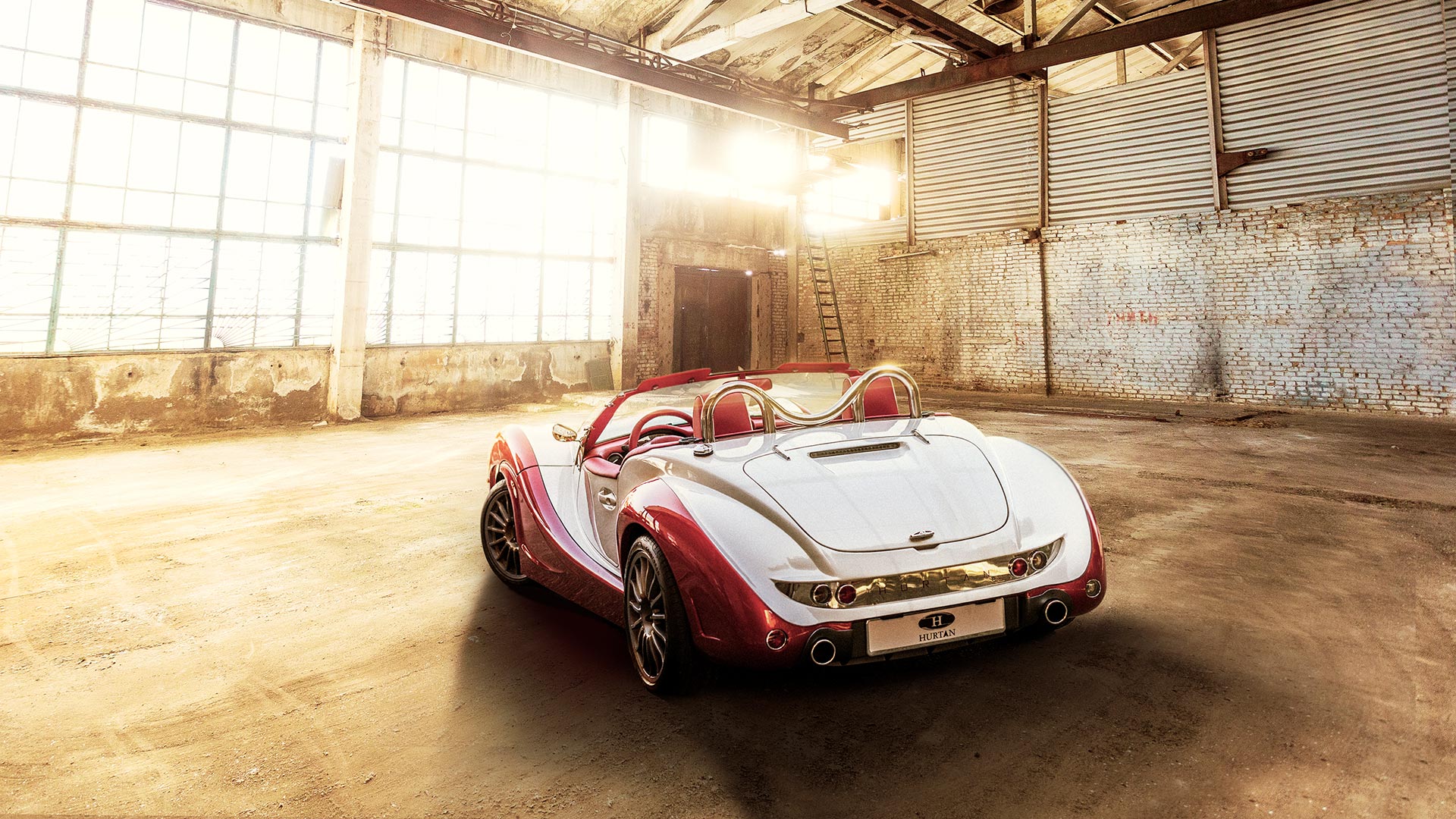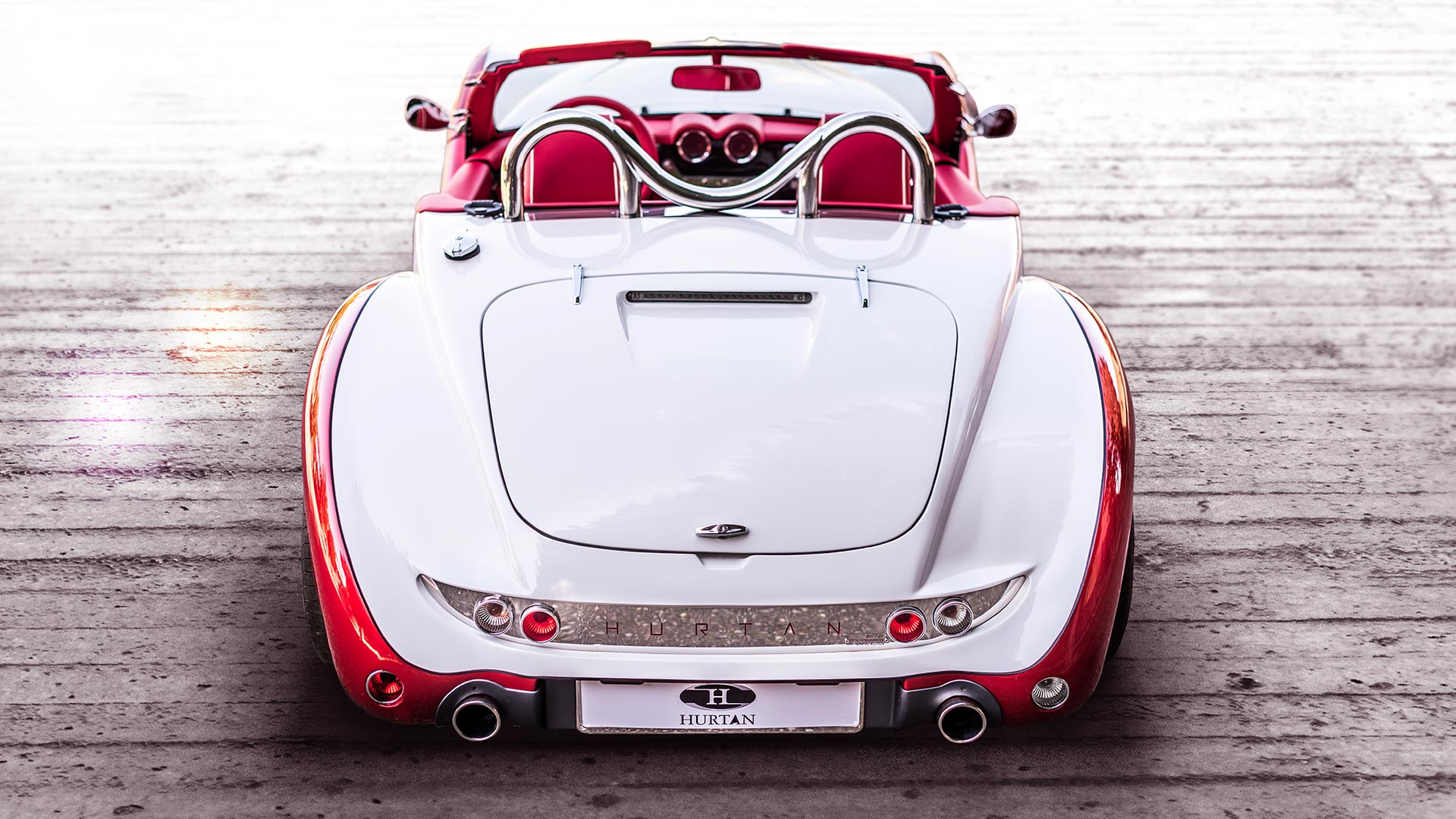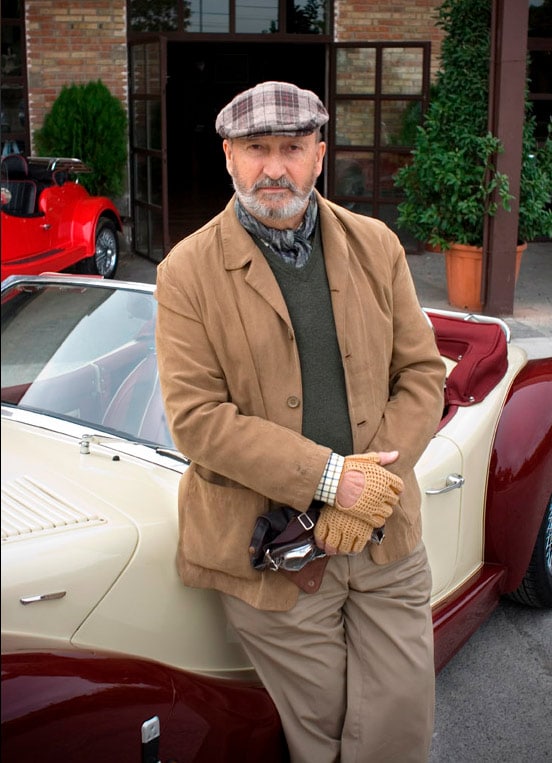Bugatti разработала экстремальный, ориентированный на трек гипер-спортивный автомобиль с беспрецедентным соотношением веса к мощности всего 0,67 кг на л.с.?

Уменьшенный, сырой, аутентичный. С технологической концепцией Bugatti Bolide1 французский производитель роскошных автомобилей теперь дает ответ на вопрос: а что, если Bugatti построит радикально легкий автомобиль на основе своего легендарного 8,0-литрового двигателя W16? Экспериментальное исследование Bugatti Bolide – это ориентированный на трек гиперспорткар с двигателем W16, полученным из серийного производства, в качестве трансмиссии в сочетании с минимальным корпусом для максимальной прижимной силы. Поэтому он обещает предложить максимальную производительность Bugatti.
Идея – а что, если? Эксперимент.
«Bugatti олицетворяет непрерывный поиск технологических инноваций в соответствии с ценностями бренда компании, такими как превосходство, смелость и преданность делу. И Bugatti никогда не стоит на месте. Мы постоянно стремимся к новым и интересным целям, и всегда держим в голове вопрос: а что, если? » говорит Стефан Винкельманн, президент Bugatti.

«Мы спросили себя, как нам реализовать мощный двигатель W16 как технический символ бренда в его чистом виде – с четырьмя колесами, двигателем, коробкой передач, рулевым колесом и, как единственной роскошью, двумя сиденьями. Важными аспектами наших размышлений были точная настройка нашей легендарной трансмиссии без каких-либо ограничений в отношении соотношения веса к мощности. Эти соображения привели к созданию Bugatti Bolide. Бескомпромиссный эксперимент, чистокровный Pur Sang, который своей грубой эксклюзивностью впечатляет, прежде всего, высокими характеристиками, малым весом и впечатлениями от вождения в совершенно новом измерении. Управлять Bolide – все равно что кататься на пушечном ядре ».

Технология – трансмиссия, разработанная специально для гоночной трассы.
«Bolide – это окончательный ответ на вопрос, что, если бы Bugatti построила гоночный гиперспорткар, который отвечал требованиям безопасности FIA. Разработан на основе трансмиссии W16 с минимальной структурой кузова и невероятными характеристиками. Результат: наименьшая возможная оболочка для автомобиля с потрясающими характеристиками, позволяющая W16 по-настоящему проявить себя », – объясняет Стефан Эллротт, член правления Bugatti и глава отдела технического развития. «Весь опыт Bugatti был воплощен в Bugatti Bolide. Таким образом, это инновационный источник информации о технологиях будущего. Таким образом, Bolide – это больше, чем просто интеллектуальное упражнение.

«С точки зрения технологии и организации Bolide был одним из самых амбициозных проектов в моей карьере», – говорит Франк Гётцке. Сыграв решающую роль в разработке Veyron 16.4 и Chiron, инженер также отвечал за техническую концепцию Bolide. Всего за восемь месяцев он создал совершенно новый автомобиль на базе хорошо известной полноприводной трансмиссии Bugatti W16, которая была сильно модифицирована для этого проекта.

В его основе – 8,0-литровый 16-цилиндровый двигатель W16 мощностью 1850 л.с. и крутящим моментом 1850 Нм. Bugatti разработала привод специально для использования на гоночной трассе и оптимизировала двигатель и коробку передач, в частности, для более высоких оборотов двигателя. Среди прочего, это включает в себя снижение дросселирования впускной и выпускной системы для достижения еще более быстрой, более спонтанной и экстремальной реакции. Четыре недавно разработанных турбокомпрессора оснащены оптимизированными лопастями для создания большего давления наддува и мощности при более высоких оборотах двигателя. Для достижения оптимальной смазки даже при чрезвычайно высоких центробежных силах были оптимизированы масляный контур, давление масла, обратные клапаны, перегородки, масляные баки, масляные резервуары и конструкция насоса системы смазки с сухим картером. При этом значительно снижается вес приводной системы.

Вместо промежуточного охлаждения вода-воздух в Bugatti Bolide используется промежуточное охлаждение воздух-воздух с предварительным водяным охлаждением для оптимальной работы на гоночной трассе. Приток осуществляется спереди через один внутренний и один внешний воздуховоды с каждой стороны автомобиля. Два водяных охладителя, которые расположены перед передней осью, обеспечивают более эффективную радиаторную систему с точки зрения потока, чем это принято даже в Формуле 1. Три маслоохладителя с воздушным охлаждением для двигателя, трансмиссии и дифференциала с предварительным водяным охлаждением. охлаждение снижает температуру даже на динамично сложных гоночных кругах. Недавно разработанные и гибридные радиальные компрессоры с ТРДД из углеродного титана обеспечивают вентиляцию и охлаждение высокопроизводительной гоночной тормозной системы.

1850 л.с. и 1240 кг – удельная масса 0,67 кг / л.с.
Чтобы добиться сухого веса в 1240 килограммов, были сняты все ограничения в отношении используемых материалов и производственных процессов, как с точки зрения того, что возможно в настоящее время, так и с точки зрения того, что станет возможным в будущем.
Все винты и элементы крепления Bolide полностью выполнены из титана. Кроме того, во многих местах используются полые тонкостенные функциональные компоненты из аэрокосмического титанового сплава. Они созданы на 3D-принтере и очень тонкие, с толщиной стенок до 0,5 миллиметра. Однако они по-прежнему очень стабильны с пределом прочности на разрыв 1250 ньютонов на квадратный миллиметр. Гибридные компоненты, такие как вспомогательный приводной вал длиной 0,5 метра, сочетают намотанные высокопрочные и сверхжесткие углеродные волокна с напечатанными на 3D-принтере титановыми концевыми фитингами и могут выдерживать непрерывную рабочую температуру до 260 градусов Цельсия. В этом примере это снижает вес примерно на половину до 1,5 кг и, за счет уменьшения вращающихся масс, одновременно увеличивает способность двигателя к увеличению оборотов. Силы, действующие на переднее и заднее крылья, передаются сверхлегкими, но очень прочными титановыми элементами. Они весят всего 600 граммов спереди и поразительно 325 граммов сзади.

Мировая инновация – это изменяемая внешняя оболочка воздухозаборника на крыше, обеспечивающая активную оптимизацию воздушного потока. Если автомобиль движется с малой скоростью, поверхность ковша остается гладкой. Напротив, при движении на высокой скорости поле пузырей выпирает. Это снижает аэродинамическое сопротивление ковша на 10 процентов и обеспечивает снижение подъемной силы на 17 процентов. Кроме того, оптимизирован поток на заднее крыло. На скорости 320 км / ч прижимная сила составляет 1800 кг на заднем крыле и 800 кг на переднем.

Как и в Формуле 1, Bolide замедляется с помощью гоночных тормозов с керамическими дисками и покрытиями. Тормозные суппорты весят всего 2,4 кг каждый. Передние кованые магниевые диски с центральным замком весят 7,4 кг, а задние – 8,4 кг – с очень широкими шинами 340 мм на передней оси и 400 мм на задней оси (Chiron: 285 мм на передней оси). и 355 мм сзади). Система домкратов с пневматическим приводом и четырьмя гидроцилиндрами упрощает замену шин, а система быстрой заправки позволяет производить дозаправку под давлением.
Среди прочего, кинематическая система толкателя с горизонтальными амортизаторами обеспечивает точное управление. Масляные резервуары расположены внутри амортизаторов, что улучшает аэродинамику. Толкатели весят всего 100 граммов и представляют собой тонкостенную и оптимизированную по потоку легкую титановую конструкцию с нагрузкой на изгиб 3,5 тонны, что соответствует сухому весу почти в два хирона. Сварные рычаги управления, изготовленные из нержавеющей стали для авиакосмической промышленности, имеют предел прочности на разрыв 1200 ньютонов на квадратный миллиметр и также выполнены в виде профилей крыла.
Легкий монокок из карбона
Команда Bugatti разработала легкий монокок из карбона вокруг привода. Цельный передний конец, присоединенный к нему фланцами, также сделан из высокопрочных углеродных волокон, как и полностью аэродинамически эффективная днище и сам монокок. Прочность на растяжение одного волокна используемых волокон составляет 6750 ньютонов на квадратный миллиметр, жесткость одного волокна составляет 350 000 ньютонов на квадратный миллиметр. Это цифры, которые достигаются только в аэрокосмической отрасли. Задняя рама, выполненная в виде сварной стальной сборки, обеспечивает максимальную прочность на разрыв 1200 ньютонов на квадратный миллиметр, несмотря на толщину стенок всего 1 миллиметр – это стало возможным благодаря использованию высокопрочной нержавеющей стали, которая в остальном только используется в авиации.
При общей высоте всего 995 миллиметров, Bugatti Bolide точно такой же, как исторический Bugatti Type 35, в зависимости от рулевого колеса и укороченного лобового стекла, и примерно на 300 миллиметров более плоский, чем Chiron. Колесная база составляет 2,75 метра, ширина – 1,99 метра. Как и в гоночном автомобиле LMP1, пассажиры складывают двери, которые навешиваются спереди под углом, садятся на подоконник шириной всего 70 миллиметров, как в Type 35, а затем ставят ноги в салон. Благодаря боковой стенке, которая примерно на 150 миллиметров ниже, чем у Type 35, процедура выполняется быстро и легко – для водителей ростом до 2 метров.

Безопасность обеспечивается оборудованием для обеспечения безопасности, разработанным в соответствии с правилами FIA. К ним относятся совместимость устройства HANS, автоматическая система пожаротушения, буксирное устройство, дозаправка под давлением с топливным баллоном, центральные замки колес, легкие окна из поликарбоната и система ремней безопасности с шестью точками. Боковые перекрытия из монокока со встроенными угольными трубами охлаждающей жидкости одновременно спроектированы как конструкции для бокового удара и структурное усиление монокока. Водитель может видеть все необходимые данные на дисплее автоспорта. Для оптимального положения сидя педали и подножку пассажира можно сдвинуть на 150 миллиметров.
Дизайн – квинтэссенция формы следует за качеством
Экспериментальное исследование Bugatti Bolide также является особенным проектом для Ахима Аншайдта, директора по дизайну Bugatti. «За 16 лет работы в Bugatti я никогда не работал над более экстремальной концепцией». Дизайн Bolide в корне соответствует идее облегчения конструкции, и поэтому принцип конструкции следует из главной цели – достичь удивительного отношения веса к мощности 0,67 кг на л.с.

«Впервые моя команда смогла создать абсолютно минималистичный дизайн двигателя W16. В результате получается самая вызывающая пропорция современного Bugatti из всех, когда-либо существовавших, и квинтэссенция нашего духа дизайна Bugatti: форма следует за производительностью », – говорит Аншайдт. «Однако Bugatti Bolide – это проект, более ориентированный на технические аспекты, чем на стиль».
Стилистическая задача заключалась в том, чтобы преобразовать непреклонные требования к аэродинамике и легкой конструкции в эстетику, отражающую уникальную ДНК Bugatti, но в то же время иллюстрирующую стремление к впечатляющему соотношению веса и мощности. Во внешнем виде преобладают воздуховоды, которые больше напоминают аэродинамически сложные гоночные автомобили Формулы 1, чем классические спортивные автомобили. На первый взгляд филигранная и полуоткрытая передняя часть является ярким примером сочетания опыта работы с воздуховодами, требований к легкой конструкции и эстетической динамики.
Драматический эффект общих пропорций проявляется в аэродинамически выгодной общей высоте всего 995 миллиметров. Ультра-спортивные сиденья водителя позволяют создать низколетящую форму автомобильного низколетящего самолета. Поэтому неудивительно, что внешний вид Bugatti Bolide напоминает так называемые X-самолеты из истории авиации и демонстрирует четкую X-подпись со всех сторон. Он косвенно напоминает реактивный самолет Bell X-1, на котором в 1947 году пилотировал капитан Чарльз «Чак» Йегер, который первым преодолел звуковой барьер на скорости 1,06 Маха. Bugatti Bolide «X-periment» имеет форму аэродинамически оптимизированного, бескомпромиссного гоночного автомобиля и предлагает сверхспортивные, превосходные характеристики – без намека на роскошь.
Как и в случае с другими автомобилями Bugatti, команда дизайнеров Bugatti также использует цветовое разделение в Bolide. По сравнению с другими моделями доля видимых карбоновых деталей увеличена до 60 процентов. Окрашено только около 40 процентов поверхностей – в новой интерпретации исторического французского Racing Blue.
«Пятнадцать лет назад Bugatti удалось создать новый сегмент с Veyron 16.4: сегмент суперкаров высшего класса. С выпуском Chiron в 2016 году мы планомерно развивали этот сегмент. Эти модели свидетельствуют о силе и элегантности, уникальном сочетании технологий, дизайна, роскоши и качества в ранее неизвестной комбинации », – поясняет Аншайдт. «Напротив, Bugatti Bolide – абсолютный бунтарь. Понятно, что его единственная цель – передать чистую мощность двигателя W16 в визуально и технически безупречной форме. Уменьшенное, сырое и аутентичное – как свежевыловленные сашими ».

ДНК – Bugatti Type 35
Создав Type 35, Bugatti произвел один из самых успешных гоночных автомобилей всех времен. В период с 1924 по 1930 год спортивный автомобиль с открытым верхом одержал более 2000 побед. Сегодня Type 35 – легенда в истории гонок. В свое время он был неповторим с точки зрения технологий, дизайна и производительности – и остается таким до сих пор. Ettore Bugatti впервые применил кривошипно-шатунный механизм с двойным роликоподшипником и тройным шарикоподшипником. Это позволяло двигателю вращаться со скоростью до 6000 об / мин для перемещения восьми поршней. Два карбюратора увеличили мощность до начальных 95 л.с. С этим двигателем первые автомобили Type 35 могли развивать скорость более 190 км / ч. В более поздних эволюционных моделях Type 35 B с 2,3-литровым восьмицилиндровым двигателем и компрессором выходная мощность возросла до 140 л.с., а максимальная скорость Bugatti составила более 215 км / ч.
Помимо невероятной мощности, двигатели славились прежде всего своей надежностью и долговечностью. И их легкость. Этторе Бугатти не пошел на компромиссы, когда дело дошло до облегчения конструкции и максимальной управляемости. Он разработал специальные колеса с плавным ходом, чтобы уменьшить неподрессоренные массы и, как следствие, улучшить реакцию подвески. Новый кованый передний мост с полыми отверстиями весил всего 10 кг и, тем не менее, оставался стабильным. Готовый к гонкам Bugatti Type 35 весил всего около 750 килограммов. Шедевр по соотношению массы к мощности.

Вердикт – трековые чистокровные современности.
Bugatti Bolide – это непревзойденная технологическая концепция гоночного гипер-спортивного автомобиля Bugatti. Сочетание 1850 л.с. и 1240 кг сухого веса обеспечивает невероятное соотношение веса к мощности. Это ставит Bolide с двигателем W16 на вершину с точки зрения двигателей внутреннего сгорания, используемых в автомобилестроении. «Мы впервые показываем, на что действительно способен двигатель W16. Мы освободили автомобиль от всего багажа, проиллюстрировали и соединили двигатель с максимально легким шасси, чтобы создать непревзойденный Bugatti и обеспечить максимальное удовольствие от вождения. С Bolide мы представляем нашу интерпретацию гоночного автомобиля Bugatti современности энтузиастам Bugatti во всем мире и, наконец, воплощаем в жизнь их самые горячие желания », – объясняет Стефан Винкельманн.
Пойдет ли Bugatti Bolide в серийное производство, пока не решено.






